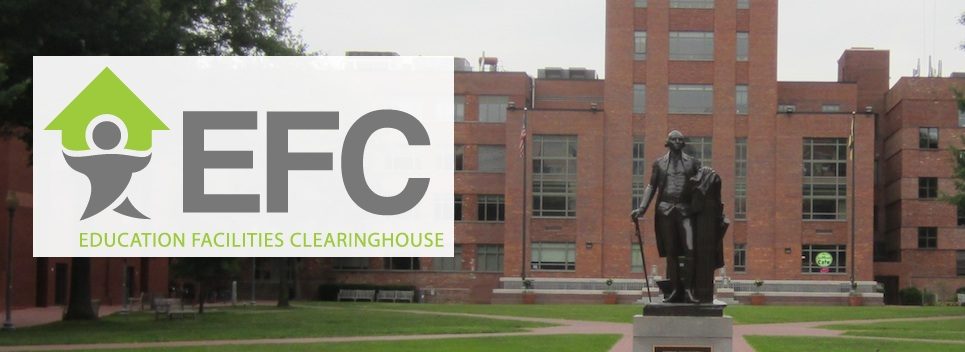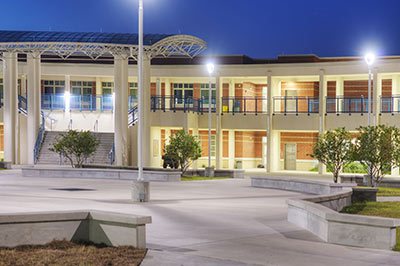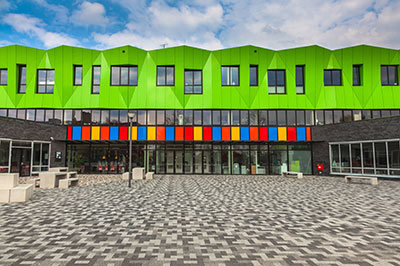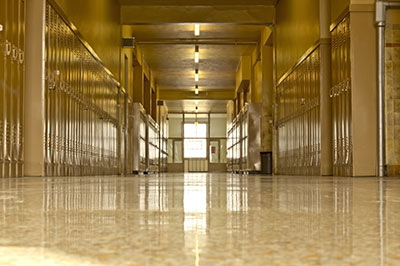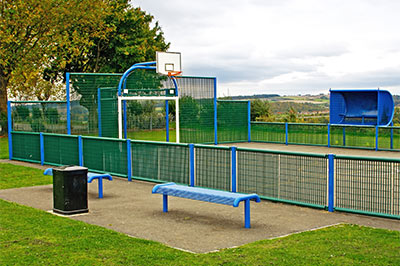Tanner, C. K., & West, D. (2011). 2 (1)
Does the size of a school’s student population influence academic achievement levels among its students? Evolving from the “smaller is better” discussions and emergent theory on educational outcomes and school size, this question guided a study of 303 Georgia high schools to determine if the total high school population or school size influenced students’ outcomes defined in terms of test scores and graduation rates. Based upon the findings of this study, school size played no significant importance in students’ academic achievement. Therefore, regarding Georgia high schools, the size of the student population (school size) has little to no impact on academic achievement or graduation rates. This conclusion, however, may complement the arguments and developing theory that there is a point of maximum benefit or achievement levels in curvilinear measures of school size as compared to student outcomes and economy of scale.
